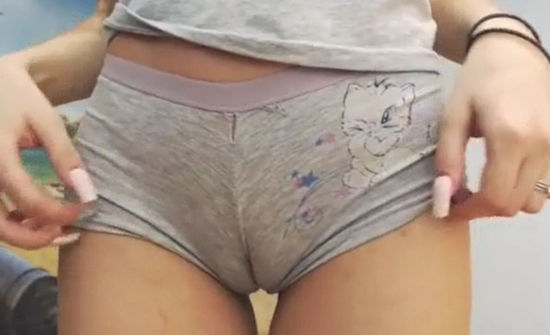Fashion has long been a cornerstone of human expression, reflecting societal values, cultural shifts, and individual identities. From the opulent garments of ancient civilizations to the cutting-edge designs of modern runways, the world of fashion continues to captivate and inspire. In this article, we delve into the dynamic world of fashion, exploring its ever-evolving trends, the growing importance of sustainability, and its role as a vehicle for self-expression.












The history of fashion spans millennia, with each era leaving its unique imprint on style and aesthetics. Ancient civilizations like Egypt, Mesopotamia, and Greece showcased elaborate garments adorned with intricate patterns and luxurious fabrics, reflecting the wealth and status of their wearers. As societies evolved, so did fashion, with the Middle Ages introducing ornate robes and gowns embellished with embroidery and jewels.

















The Renaissance period witnessed a revival of classical aesthetics, with artists and designers drawing inspiration from ancient Greece and Rome. The Industrial Revolution brought about significant changes in fashion, with the mass production of clothing leading to greater accessibility and affordability. The 20th century saw the emergence of iconic fashion movements, from the flapper dresses of the 1920s to the rebellious styles of the punk era.
















In the 21st century, fashion continues to evolve at a rapid pace, influenced by technology, social media, and cultural movements. Streetwear, characterized by its casual and urban-inspired aesthetic, has risen to prominence, blurring the lines between high fashion and street style. Brands like Supreme, Off-White, and Balenciaga have capitalized on the streetwear craze, catering to a youthful demographic hungry for authenticity and individuality.












Sustainability has become a key focus in the fashion industry, with consumers increasingly demanding transparency and ethical practices from brands. Eco-friendly materials, ethical production methods, and circular fashion initiatives have gained traction, signaling a shift towards more responsible consumption. Designers and brands are embracing sustainable practices, from sourcing organic materials to implementing zero-waste production techniques.









